Understanding Spiritual Symbols
A look at the mystical meaning behind some of the world's most potent spiritual symbols
Shapes and objects take on a deeper dimension when you delve into the world of spiritual symbols. The idea behind the use of symbols is to encourage you to see beyond the surface and to search for deeper meaning. Below is a look at the mystical meaning behind some of the most potent spiritual symbols of the world's biggest belief systems.
Understanding Spiritual Symbols

Judaism
Star of David: the six-pointed star made up of two interlocking triangles. Legend says that its form echoes the shape of the shield of the Biblical King David, who brought the Jewish kingdoms together as a unified nation. It may also symbolise the oneness of dual aspects of humanity: male and female; spiritual and physical.
Menorah: An ancient symbol of light, possibly linked to the universal spiritual symbol called The Tree of Life because its shape echoes the branches of a tree. The menorah is a seven-branched oil lamp made of solid gold. It is lit in synagogues and in homes on religious feast days. Its light is said to symbolise the Creator's words to the prophet Isaiah which are recorded in the Bible as 'be a light in the world'.
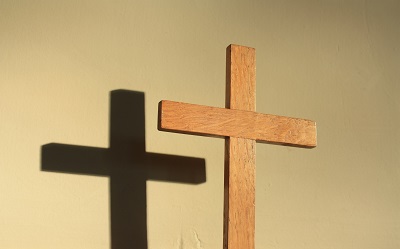
Christianity
The Cross: Although the cross was used as a spiritual symbol by Pagan religions long before the emergence of Christianity, this symbol is now one of the most significant to Christianity. The Latin cross, which has a longer stem and is also called a crucifix, is used to symbolise the death and resurrection of Jesus. The Greek cross, on which each arm is of equal length, signifies the word of the creator being spread to the four corners of the globe.
Icthus (The Fish): This symbol was used by the early Christians to identify a person sharing their beliefs at a time when being Christian could mean execution by the state. Fish are used as metaphors throughout the Gospels. An extra point of symbolic interest is that Christianity arose during the astrological Age of Pisces - whose symbol is a fish.
The Triquetra: A trefoil knot with three loops which looks like the shape of a three-leaf clover. Originally a Pagan symbol celebrating the power of threefold or triple goddesses, it was adopted by Christians to symbolise the Blessed Trinity of Father, Son and Holy Spirit.
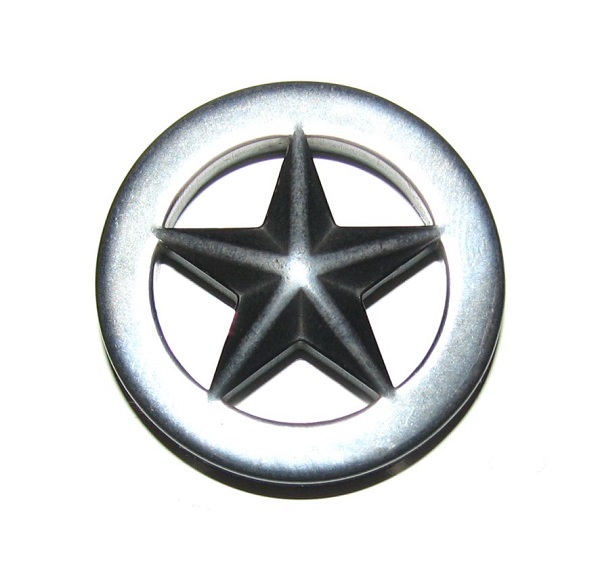
Wicca
Pentangle: A five-pointed star inside a circle signifying the four elements or the directions of the compass, the fifth point represents Spirit. The circle signifies the harmonising or binding together of the elements.
Wand: An energy amplifier, the wand is a symbolic means of directing energy to heal or effect change.
Chalice: A symbol of the goddess. It represents female energy, creative force and regeneration.

Islam
Crescent: Adopted by the Ottoman Empire in the 1400s the crescent was originally an ancient Pagan symbol linked to Moon goddesses such as Minerva.
Hand of Fatima: An emblem of protection and power. Fatima was a daughter of the Prophet Muhammad and is held by many to be a good role model for Muslim women. A similar talisman exists in Judaism, called the Hamsa.
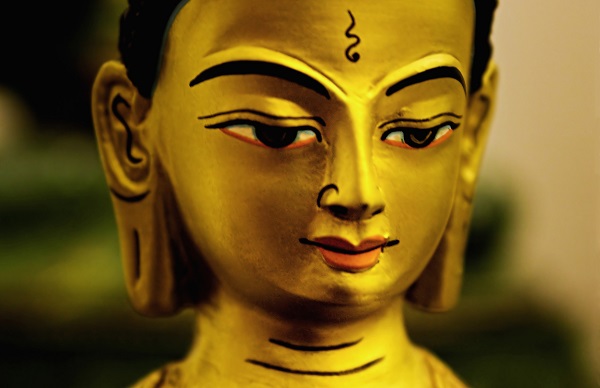
Buddhism
Wheel of Life: This represents the continuous cycle of birth, life, death and re-birth, that Buddhists try to escape by seeking enlightenment. Held up by the fearsome god of death, the wheel consists of different parts, including the root delusions of greed, ignorance and hatred that prevent people from reaching enlightenment and keep them tied to the wheel of life.
Bodhi Tree: The Buddha attained enlightenment under the shade of this sacred tree. Its depiction is a reminder of the ability we all possess to find the ultimate truth of enlightenment.
Eyes of Buddha: Peering down from Buddhist temples and usually painted in vibrant shades, the eyes of the Buddha are an arresting sight. This symbol reveals the attributes of wisdom and knowledge with compassion associated with the Buddha.
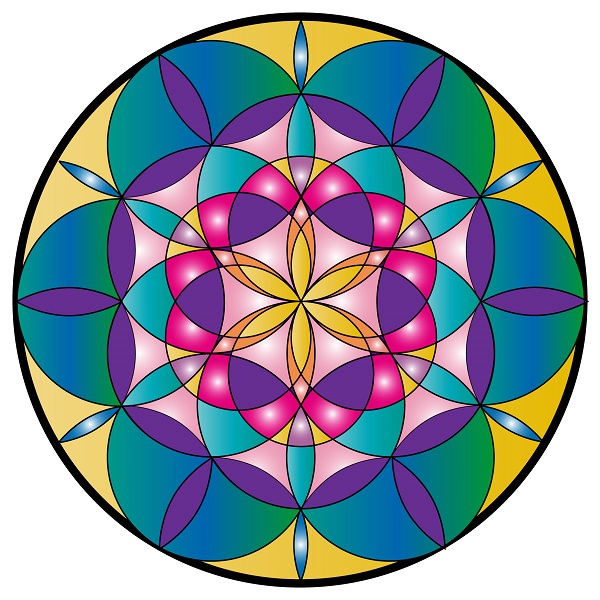
Hinduism
Mandala: Beautiful patterns to aid meditation widely used in Buddhism as well as Hinduism. Geometric shapes within a circle depicted in strong colours can lead the mind of the person meditating on a journey into the depths of their spirit and beyond.
Tilaka (Tika): A dot on the forehead between the eyes marking the wearer out as a follower of Hinduism. The position of the dot is over the mystical third eye, indicating that the wearer wants to be opened up to spirituality.
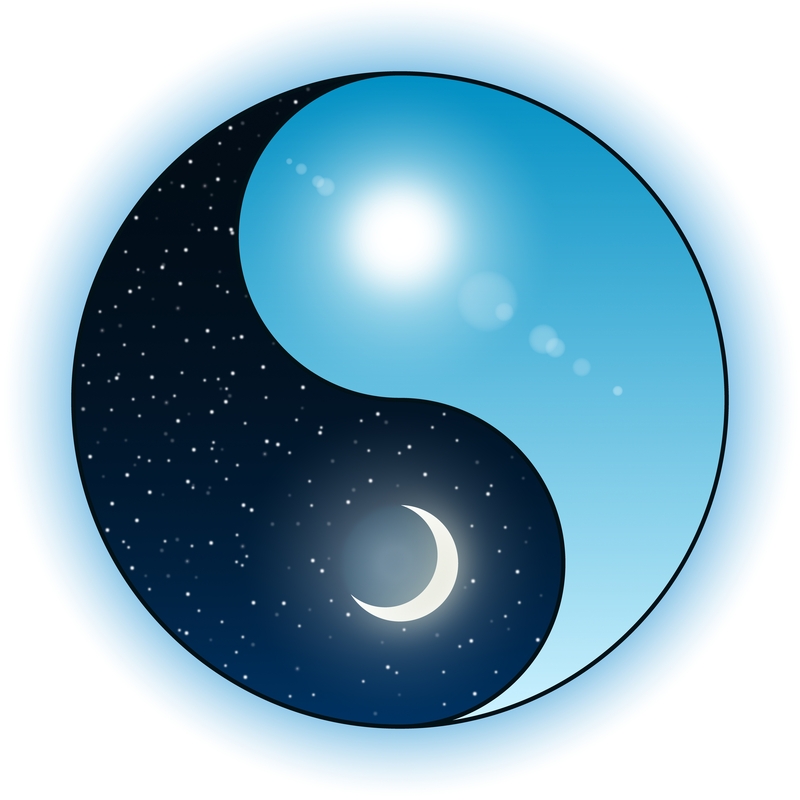
Taoism
Yin and Yang: The black and white interlinking swirls within a circle symbolise opposites that are unified: male and female; light and dark, positive and negative. The swirl is a visual representation of the continual change that makes up our experience of life.
Submit A Comment
Create a Psychic Sofa account today!
Join the Psychic Sofa Community Today and get access to:
- Get notified by (FREE) SMS text when a reader becomes available!
- Latest offers and members only exclusives
- Add favourite readers to your profile





Comments
No comments have been made yet